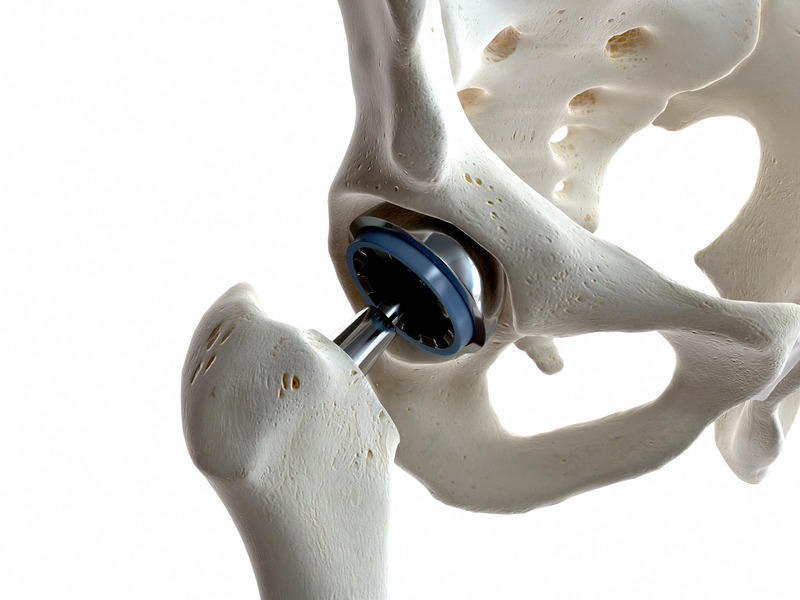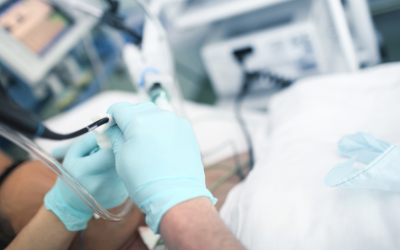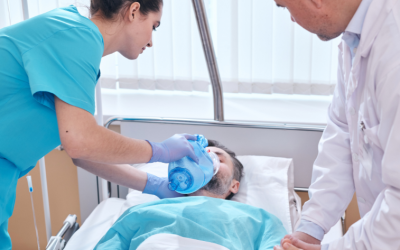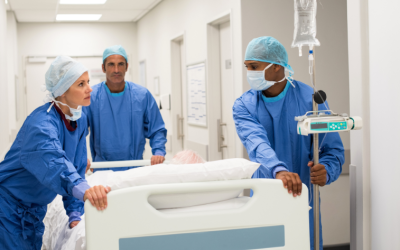Millions of people experience hip pain every year. However, many less severe conditions that cause pain and discomfort can be helped with conservative, non-invasive treatments like cortisone shots or physical therapy. Read on to learn more about Hip Arthroscopy for Labral Repair.
On the other hand, some problems are harder to treat or diagnose, and having constant pain makes it hard to go about your daily life, especially if other treatments haven’t helped. In that case, you may need hip arthroscopy surgery. Here’s what you need to know about the surgery and how it treats a hip labral tear.
What is a Hip Labral Tear?
The hip labrum is a strong ring of fibrocartilaginous tissue that surrounds the hip joint socket. It takes the shock out of the joint, lubricates it, and spreads the pressure evenly. It makes the socket deeper, which makes the joint more stable and limits how much the head of the femur bone can move.
The labrum can be damaged or torn by trauma, repeated movements, or structural problems like femoroacetabular impingement (FAI) or hip dysplasia.
How Does a Hip Labral Tear Get Repaired?
During arthroscopy of the hip, a tear in the hip labrum is fixed with sutures and suture anchors. If the labrum tissue is too damaged to be fixed, a reconstruction of a torn hip is done. Labrum repair and reconstruction can be done with arthroscopic surgery, a minimally invasive procedure requiring only a few small incisions.
Either tissue from a cadaver, known as an allograft, or tissue from the patient’s body, known as an autograft, is used to fix the hip labrum. Hip labral tear treatment and labrum reconstruction can ease the pain caused by hip labral tears and make the hip joint more stable by restoring the labrum’s suction seal function.
What is Hip Arthroscopy for Labral Repair?
Hip arthroscopy is a surgery used to diagnose and treat problems with your hip. First, your doctor will make a few small incisions in your skin and then use a special tool called an arthroscope, which features a small camera to look inside your hip joint. The camera and light on the arthroscope let your doctor see what’s wrong with your hip. Additionally, they will have to ability to put in any small tools they need to repair broken bones or other damaged tissues.
Hip Arthroscopy for Labral Tears
During arthroscopy of the hip, a tear in the hip labrum is fixed with sutures and suture anchors. If the labrum tissue is too damaged to be fixed, a reconstruction of a torn hip is done. Labrum repair and reconstruction can be done with arthroscopic surgery, which is a minimally invasive surgery that only requires a few small incisions.
Either tissue from a cadaver, known as an allograft, or tissue from the patient’s own body, known as an autograft, is used to fix the hip labrum. Hip labral tear treatment and labrum reconstruction can ease the pain caused by hip labral tears and make the hip joint more stable by restoring the labrum’s suction seal function.
Who is a Good Candidate for Hip Arthroscopy?
Most of the time, your doctor won’t suggest arthroscopy until they know what’s causing your pain and have tried non-surgical treatments like steroid injections or physical therapy that haven’t helped.
Hip arthroscopy is a good option for people with hip pain that other treatments haven’t helped. It can also help people with painful hip joints that make it hard to move around, especially those with hip labral tears.
Conditions Hip Arthroscopy Treats
Hip arthroscopy is a good, minimally invasive surgery that can help with many issues causing hip pain.
Some of the most common things that hip arthroscopy is used to treat are:
- Labral tears – Injuries to the labrum, the soft tissue covering your hip socket. A labral tear can be caused by trauma, problems with the structure of the joint, or wear and tear.
- Femoroacetabular impingement (FAI) – Also called “hip impingement,” an abnormally shaped hip joint causes two of your hip bones to rub against each other. Pressure makes the top of your femur (thighbone) and acetabulum (hip socket) rub against each other. FAI can affect your range of motion and cause pain
- Removing pieces of bone or cartilage – If the bones or cartilage in your hip are broken or loose fragments in your joint are causing pain, your surgeon can remove them.
- Hip dysplasia – A condition in which the femur doesn’t fit as well as it should with the pelvis
- Tendon tears – Your muscles attach to your bones through tendons. If you hurt your hip and the tendons tore away from the bones, your doctor can reattach them.
Pain Management After Hip Arthroscopy for Hip Labral Tear
Below are the steps taken to help control pain after your hip labral tear repair surgery:
- At the end of the procedure, your doctor will give you a local anesthetic injection to reduce the initial post-op pain.
- You will receive a pain medication prescription.
- It is best to use ice and elevate the area to help with swelling and discomfort.
- You should use crutches for 2 weeks for safety and stability, but you can begin to put weight on the leg as your comfort allows.
- You shouldn’t over-extend or over-flex your hip or do any other movement that hurts your hip.
- Mild range-of-motion exercises, like riding a stationary bike, should be done from the day after surgery to keep from getting stiff.
- Nighttime use of a hip brace is recommended to keep the hip in a safe position.
You should see your doctor again within a week after surgery, and after that, you will start a physical therapy program to increase strength and flexibility in your hip. Since hip arthroscopy surgery is minimally invasive, it usually takes about 12 weeks to recover fully.
Is your hip bothering you? Have you tried other treatments for your hip pain and just can’t seem to find relief? Worried about a possible hip labral tear? Our team of doctors here at TOC is ready to help you. Please call us at (865)690-4861 to set up your appointment and start your journey back to a comfortable life.




